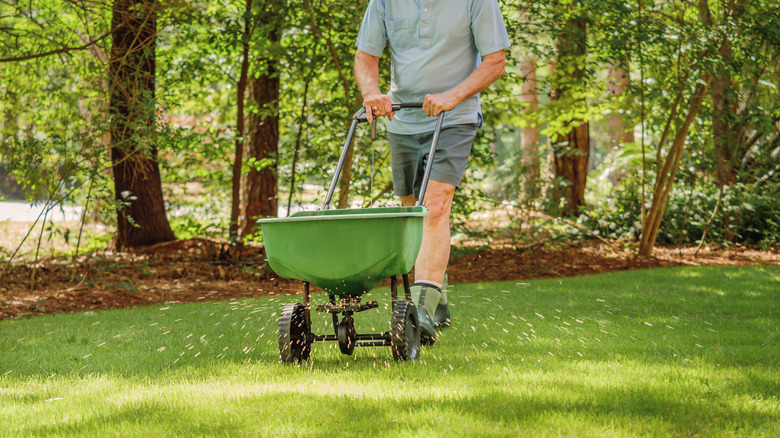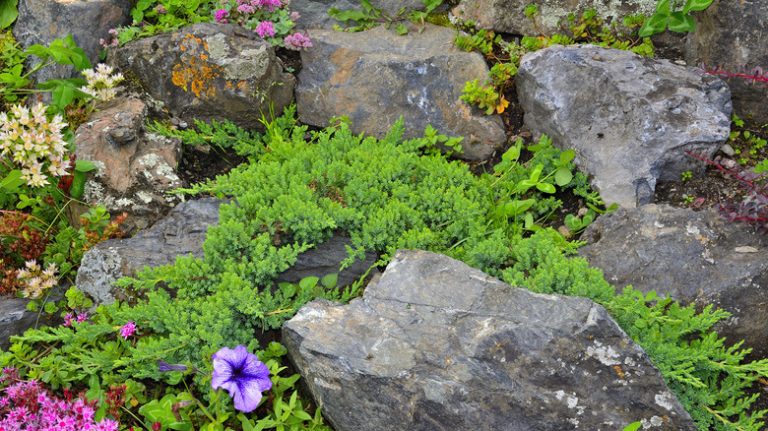We may receive a commission on purchases made from links.
Beneath the scenic view of a thriving lawn lies an intricate story of biochemical processes, nutrient balance, and keen landscape management. It’s not just about watering or mowing but nurturing your lawn’s wellness with the right nutrients. Topping the chart in this botanical buffet is potassium, an unsung hero in lawn fertilizers that champions the vigor of your verdant cover. Typically slipped into lawn care conversations as “potash,” potassium rubs shoulders with nitrogen and phosphorus in the prestigious league of primary macronutrients. These are required in greater amounts than trace performers like zinc and magnesium.
So, what does potassium do for grass? Picture this nutrient as a meticulous artisan promoting leaf and stem growth by boosting photosynthesis — the maestro behind glucose production, the lifeblood of a luxuriant turf. Beyond enhancing growth, potassium toughens your grass’s cellular structure and fires up the absorption of proteins and sugars, fortifying your lawn’s resilience against extreme temperatures, diseases, and drought.
That’s not all; the macronutrient also turns the tables on disease-causing bacteria and fungi by depleting their food sources and increasing the production of disease-inhibiting compounds like phytoalexins. Yet, even after observing the signs of potassium deficiency in grass (think yellowing blades or browning edges), one may still wonder whether their lawn truly needs a potassium spike. A soil analysis aided by a tool like the LaMotte N-P-K Soil Test Kit on Amazon comes in handy here to provide a clearer peek into your lawn soil’s potassium reality.
How does potassium work in lawns?

Potassium is available to grass in two forms: water-soluble (dissolved in soil water) and exchangeable (tucked neatly on the exchange sites on the surface of clay particles). However, this availability heavily depends on soil moisture levels. It demands a perfect balance. Too soggy, and our potassium stars might exit the stage through mineral leaching, particularly in sandy soils. Swing the pendulum the other way with excess dryness, and you risk a lack of potassium availability. But here’s the exciting part: you can apply potassium fertilizers to your lawn in two variations, granular and liquid, with an ensemble of equipment ready to enhance the performance.
Granular potassium is applied with spreaders. For small spaces, consider the delicate touch of a drop spreader like the Scotts Turf Builder Classic Drop Spreader from Walmart. On the other hand, more extensive lawns call for a broadcast alternative like the Chapin 150 lbs Black Hopper Auto-Stop Tow Behind Spreader available at The Home Depot. And liquid potassium for lawns? It’s a worthy understudy for small settings.
Too much potassium on your lawn won’t directly sabotage the environment or grass. Yet, the abundance could alter the dynamics of absorbing other macronutrients. Overall, think of fertilizing your lawn with potassium as the symphony of flourishing grass growth — the music is sweet only when you play all the instruments right.



